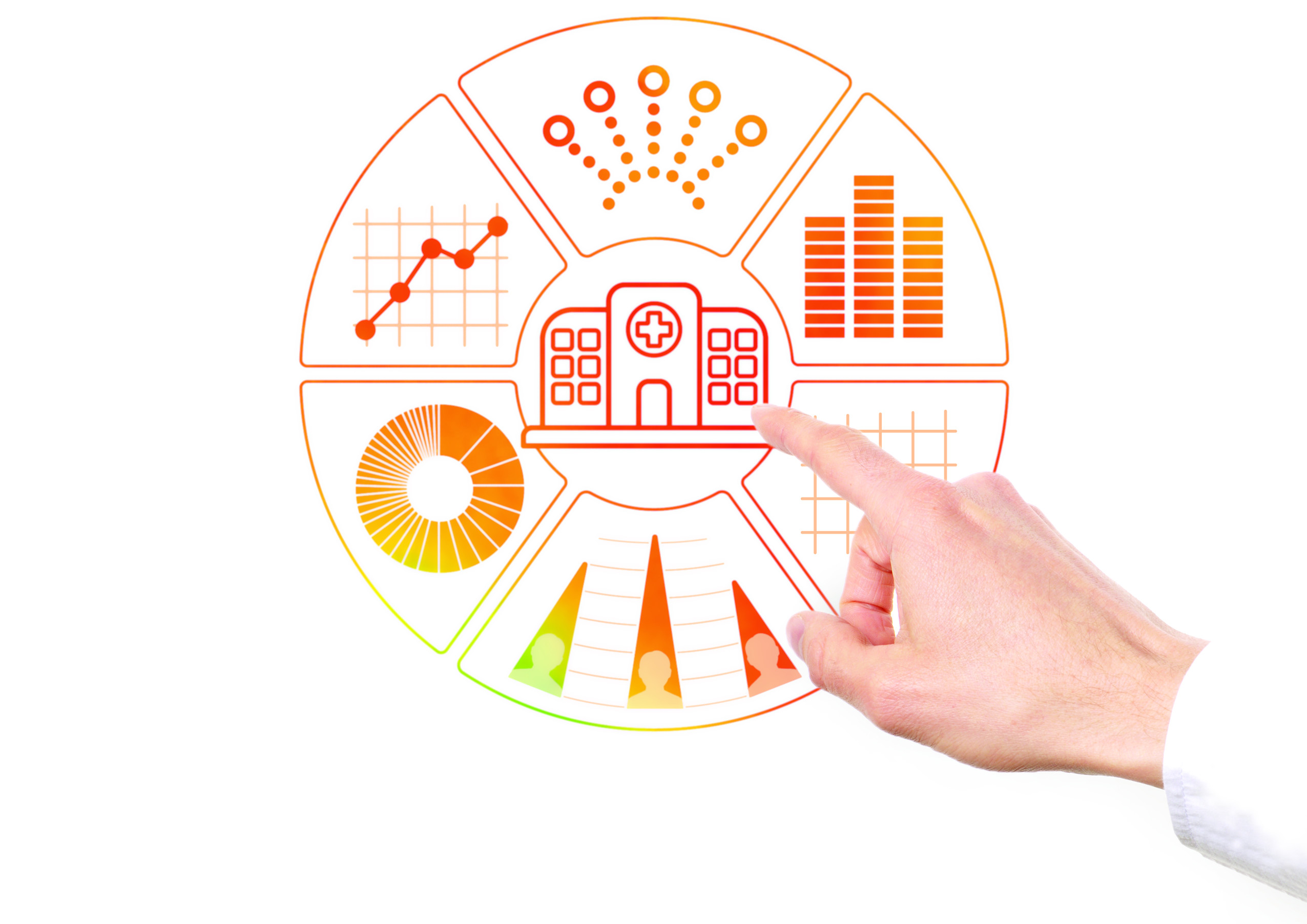RI Witness and Your Patients
Patient Reassurance
How might my patients feel about the use of an electronic witnessing system?
 Patients can be reassured throughout their time at a clinic through accessible literature, up-to-date technology and a record of their cycle including images and videos captured from every microscope used.
Patients can be reassured throughout their time at a clinic through accessible literature, up-to-date technology and a record of their cycle including images and videos captured from every microscope used.
Additionally, prior to transfer they can be shown their embryo, linked to their patient ID, demonstrating how seriously a clinic takes their security.
One study found that patients and embryology teams felt reassured when using RI Witness, and that it could be used as a trusted strategy to decrease patient stress concerning mismatches; 97.1% of patients confirmed they were more reassured if an Electronic Witnessing System was used in their clinic8.
The Patient Experience Using RI Witness
RI Witness Protecting Embryologists and Patients
STAND TALK: Glenn Proctor, Embryology, Andrology and Endocrine Manager at Conceptions Reproductive Associates of Colorado
Education Film To Aid Patient Understanding of RI Witness
Dr Steve Mansell, PhD, Embryologist at Medicus, Norway
Product Specifications
| Work Areas | One work area required for each critical working location. Microsoft Windows based PC or Tablet needed for each work area. Readers available heated or unheated. RFID reader frequency: 13.56MHz |
| Barcode Compatibility (Traceability) | Compatible with GS1 barcodes (GS1-128) |
| Barcode Scanner (Traceability) | Compatible with USB (Keyboard wedge) fixed and hand held scanners |
| Camera Compatibility (Imaging) | Research Instruments’ DC1 & DC2, Analogue cameras |
| RI Witness™ Manager (Client Software) PC System Requirements | Operating Systems: Windows 11, Windows 10 |
| Server / Network Requirements | Microsoft SQL Server required (not supplied). Network Point required for each work area |
Order Codes
The Order Codes for RI Witness™ will depend on your particular configuration.
Brochures
RI Witness IQ Solution Brochure -German
RI Witness IQ Solution Brochure – French
RI Witness IQ Solution Brochure – Italian
RI Witness IQ Solution Brochure – Spanish
RI Witness IQ Solution Brochure – Turkish
RI Witness Patient Flyer – US
RI Witness Patient Flyer – Turkish
RI Witness Patient Flyer – Portuguese
RI Witness Patient Flyer – Czech
RI Witness Patient Flyer – Greek
RI Witness Patient Flyer – Spanish
RI Witness Patient Flyer – Dutch
RI Witness Patient Flyer – German
RI Witness Patient Flyer – French
RI Witness Patient Flyer – Italian
RI Witness Patient Flyer – Arabic
RI Witness Patient Flyer – Bulgarian
RI Witness Patient Flyer – Danish
Same Sex Couple RI Witness Patient Flyer
RI Witness Patient Flyer – Same Sex Couple Male
RI Witness Patient Flyer – Same Sex Couple Female
RI Witness Patient Flyer – Same Sex Couple Female – Spanish
RI Witness Patient Flyer – Same Sex Couple Female – Czech
RI Witness Patient Flyer – Same Sex Couple Male – Czech
RI Witness Patient Flyer – Same Sex Couple Female – French
RI Witness Patient Flyer – Same Sex Couple Female – Portuguese
RI Witness Patient Flyer – Same Sex Couple Male – Portuguese
RI Witness Patient Flyer Same Sex Couple Male – Bulgarian
RI Witness Patient Flyer Same Sex Couple Female – Bulgarian

 My Clinic is in the United States
My Clinic is in the United States My Clinic is in Canada
My Clinic is in Canada
